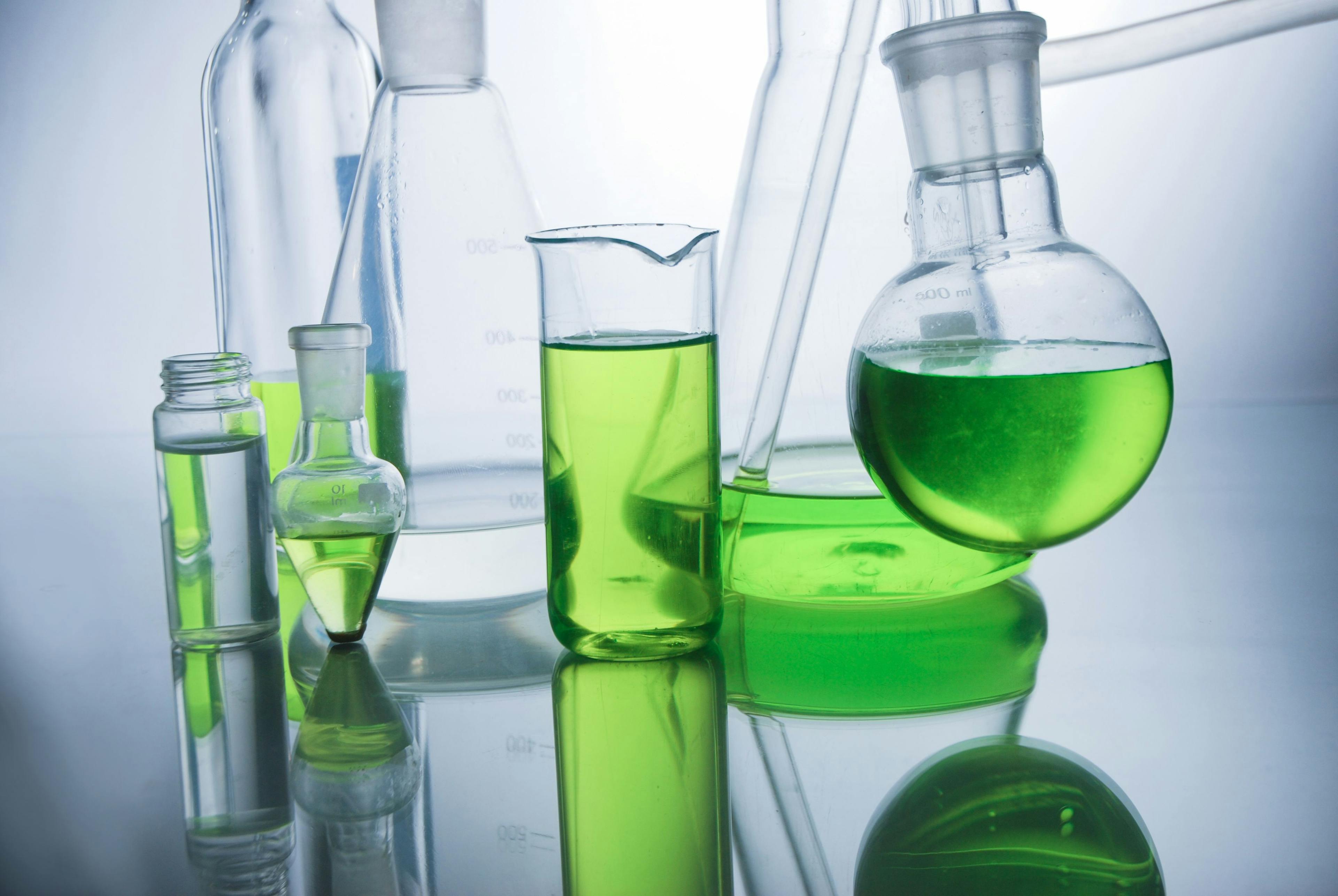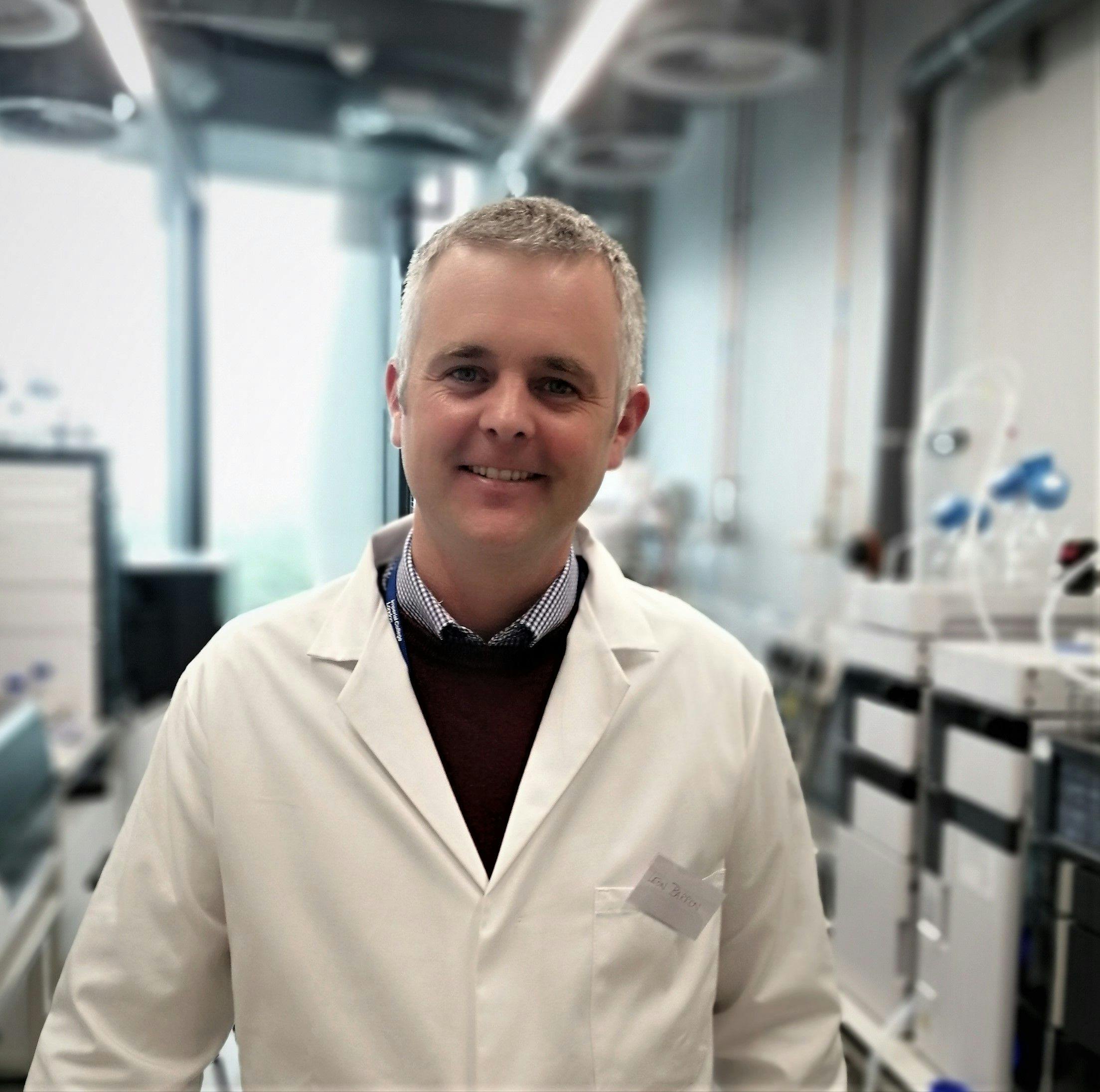New Sample Preparation Products and Accessories for 2023
This yearly report on new products introduced in the preceding year, since March 2022, covers sample preparation instrumentation, supplies, and accessories.
Our annual review of sample preparation products covers the previous year, since March 2022. However, we’ve offered a little latitude for products introduced since the pandemic. It is becoming increasingly more difficult to identify new products. Several vendors are avoiding exhibiting at general analytical conferences in favour of more focused meetings. Others, due to the pandemic or following other trends, are increasing their marketing via social media or other digital means. In late 2022, the LCGC staff submitted a survey to vendors of sample preparation products. Responses to this survey are compiled in this review, as are new product introductions during the past 12 months noted via direct mailings, email, and other means. Additionally, vendor exhibits at the 2022 Eastern Analytical Symposium and Pittcon 2023 were visited. During the pandemic, many vendors slowed research and development (R&D) activities. This year demonstrated a rebound in products resulting from more intensive R&D. Sorbents and accessories for solid-phase extraction (SPE) led the way, as in previous years.
Test tubes in clinic, pharmacy and medical research laboratory and chemical substances. | Image Credit: © laddawan - stock.adobel.com

This review is presented in four sections. First, a journal devoted to sample preparation is discussed. Next, SPE sorbents and products are discussed. Third, instrument-based sample preparation technologies are presented. Finally, attention is turned to other sample preparation accessories and supporting technologies. To assist the reader with some of the details behind these new products, each section presents a tabular summary of the associated products. In all cases (except the new journal), the new products we uncovered are presented in the annotated table, while the text highlights particularly worthwhile products.
Literature
Researchers developing sample preparation technologies and methods have published their progress in an assortment of general analytical, chromatography, and separation science journals in the absence of a dedicated sample preparation journal. Elsevier addressed this need with the introduction of an open access journal, Advances in Sample Preparation. The journal website (1) describes the journal as:
“(P)ublishing high-quality original research, reviews, tutorials and opinion articles covering with all aspects of sample preparation. The journal welcomes the submission of original manuscripts on all fundamental and applied aspects of sample preparation such as new extraction principles, new materials, new extraction techniques or technologies, fundamentals related to operational understanding and optimization, miniaturization, automation, hyphenation, chemometrics, green sample preparation, and impactful applications in e.g. environmental, food and beverages, pharmaceutical, bioanalysis and biomedical. Contributions aiming to evaluate the effect of the various sample treatments using state-of-the-art approaches for the multivariate data analysis of designed experiments are welcomed... (A)ll articles must be consistent with green analytical chemistry principles and propose sustainable practices that will benefit the society and the environment.”
The international editorial board comprises several academic researchers predominantly associated with the Sample Preparation Study Group and Network of the European Chemical Society-Division of Analytical Chemistry, which we described in March 2020 (2).
Solid-Phase Extraction
For several years, the pipette tip approach to SPE has seen increased interest. This year, Millipore Sigma introduced two Dispersive Pipette Extraction (DPX) products. First is the Swift HLB-DPX tips. The pipette tips use a proprietary hydrophilic-modified styrene polymer available in a box of 96 and with a variety of bed weights for greater capacity with lower elution volumes. The product design allows for direct sample loading without the traditional conditioning step. The robust methodology used is resistant to overdrying. Next is DPX tips with HybridSPE technology. The sorbent material is loosely contained within the tip and is designed for the selective isolation of phospholipids from biological matrices. Following protein precipitation with acetonitrile, biological samples are extracted with the DPX tip for targeted removal of endogenous phospholipids.
Based on the established Empore technology, CDS Analytical developed micropipette Stage Tips for the rapid, small-volume desalting and fractionation of peptides and proteins. The products are housed in chemically resistant polypropylene material for use with organic solvents or acidic or basic conditions. The NanoPak-C line of SPE micropipette tips from Millennial Scientific is expanded with two new offerings. Nanopak-C Monolith SPE Micro-Pipette Tips incorporates monolith SPE principles to extract and purify femtomole to picomole amounts of analytes for chromatographic or mass spectrometric or polymerase-chain reaction of small molecules, proteins, RNA, or DNA. The dispersive product, NanoPak-C Dispersive SPE Micro-Pipette Tips, features similar attributes with a porous-carbon network. The sterile and autoclavable product permits use in aseptic environments and may be applied to COVID-19 testing and research. Moving to traditional SPE, GL Sciences built on their InsertSep product line of SPE cartridges. InertSep MA-2 is a methacrylate-based weak anion exchanger in a six-millilitre cartridge with a 150-mg bed. The InertSep MA-2 has only ion-exchange mode capability—for example, for the selective extraction of ionic species such as acidic polyfluoroalkyl substances (PFAS). A combined weak ion exchange and reversed-phase material is available in the InertSep WAX FF. The base material is polymeric SDB for application to PFAS and acidic compounds.
A novel SPE column design, termed Narrow Bore Extraction (NBE), is a development from Tecan and features a unique dual-chamber design that combines a reaction vessel with an SPE column (see Figure 1). The upper portion of the column is the reaction reservoir, which is separated from the microparticulate SPE sorbents with a novel pocket seal air lock and filter. When positive pressure is applied, sample can flow from the reaction reservoir. The reservoir can be used for digestion or incubation prior to SPE.
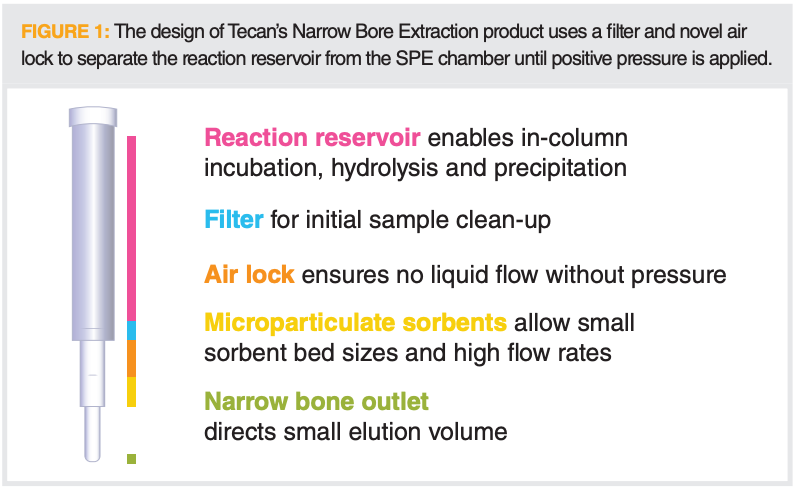
In the high-throughput well-plate format, Orochem introduced the Panthera Delux MicroElute Plate featuring both normaland reversed-phase chemistries. The plate is in the 96-well format and provides a high sorbent bed and minimal void volume. It is compatible with most liquid handling systems. Another alternative format of SPE is the in- or on-needle approach. The μSPEed Cartridge introduced by ePrep features a one-way valve that allows sample to aspirate through the needle-mounted cartridge into the syringe and focus of analytes onto the sorbent bed. A wide variety of phases are available. The μSPEed takes a step towards automation with the ePrep digiVOL. The digiVOL is a handheld digital syringe capable of dispensing 0.1 μL to 5 mL of aqueous or organic solvents. The syringe is controlled with an app that also features a calibration standards mode. The final area of SPE products are automated workstations. Three new products emerged in this area. First is the Thermo Scientific AccelerOme sample preparation platform automating sample preparation for liquid chromatography– mass spectrometry (LC–MS) proteomics. Pre-built validated methods and kit-format reagents reduce error, along with UV measurement of peptide concentration prior to LC–MS analysis. The Gerstel FreeStyle Automated SPE workstation is a modular design for ease of addition of a variety of capabilities with over 40 sample vessel and SPE column racks and up to 10-litre samples. The workstation can accommodate up to 15 solvents. Finally, UCT developed the HydraFlow four-channel cartridge manifold for water extractions. The liquid channel-switching design allows transition from sample collection to waste discharge.
Table 1 provides a summary of each of these SPE products.
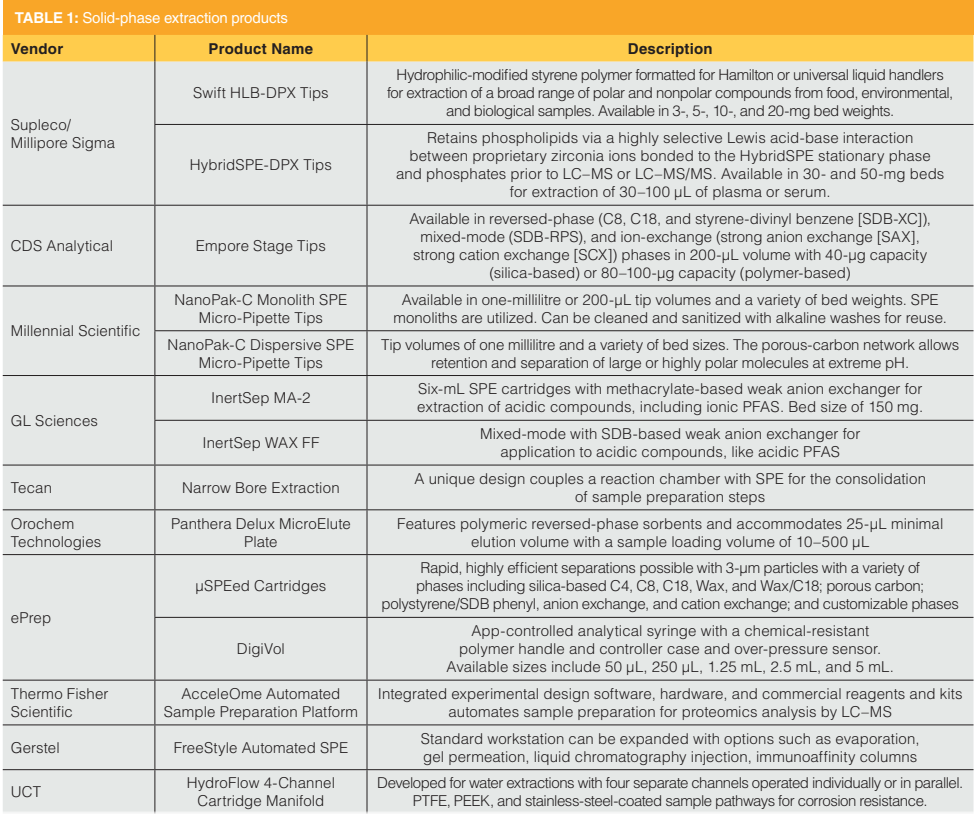
Automated Sample Preparation Workstations and Instrumentation
A number of new instrument-based sample preparation systems were developed in the review period. Based on the number of new products, the most popular dealt with thermal analysis methods. CDS Analytical introduced its 6000 series of pyroprobes. The 6150 pyroprobe interfaces with any standard gas chromatograph (GC), and supports multi-ramp and multistep capability up to 30 temperature profiles per sample. Meanwhile the 6200 pyroprobe possesses a built-in focus trap using reactant gas, such as oxygen or air, to collect analytes. A thermal desorber for dynamic headspace sampling is available with the 6200. The Gerstel Thermal Extractor separates pyrolysis and related thermal extraction methods from thermal desorption so the thermal desorption and pyrolysis may be performed sequentially on the same sample. Optimized sample holders for liquids and solids are available. EST Analytical presented three new systems for volatiles analysis. The Evolution2 purge and trap concentrator provides higher resolution than previous models. By using an eight-port valve, the desorbed sample goes directly to the gas chromatograph. Also for purge and trap analysis, the Centurion has separate processing stations for soils and water. Multiple samples can be extracted from the same sample vial. The Nexis autosampler platform allows combustion analysis, sample handling up to 250 μL, and total sulfur analysis. An Italian company, HTA, presented the 2000H series of headspace autosamplers powered with artificial intelligence (AI). The AI support optimizes instrument parameters, tracks use of consumables, and predicts maintenance needs. Markes International’s Centri-90 is an automated sample concentrator for headspace trapping, solid-phase microextraction (SPME), and SPME-Arrow enrichment. The system is applicable to food safety testing, volatile organic compound analysis, hazardous air pollutant monitoring, and other applications.
Three digestions systems are featured during the past year. CEM presented the Blade and the MARS 6 microwave digestion systems. The Blade offers advanced vortexing and a single-model cavity for high watt density. The MARS 6 uses contactless in situ light-emitting technology for superior temperature control. Twelve samples may be digested simultaneously. Waters developed the RapiZyme protein digestion for clean protein digestions based on chemically modified recombinant trypsin.
Two systems for dried-blood spot (DBS) analysis are recently brought to market. The Thermo Transend DSX-1 DBS system features a flow-through desorption to streamline sample workflow. No need for disc punching of samples. Captainer AB introduced the Captainer B 50 microsampling card for DBS analysis. DBS can be placed into a 96-well plate for extraction.
Thermo Fisher developed Extreva Accelerated Solvent Extraction (ASE) as an improvement to previous systems by combining sample extraction, in-cell cleanup, and solvent evaporation. The ePrep Sample Preparation Workstation includes filtering, SPE, microSPE, liquid–liquid extraction, and robotic syringe cleanup in an autosampler rack.
Table 2 provides a summary of these automated sample preparation instruments.
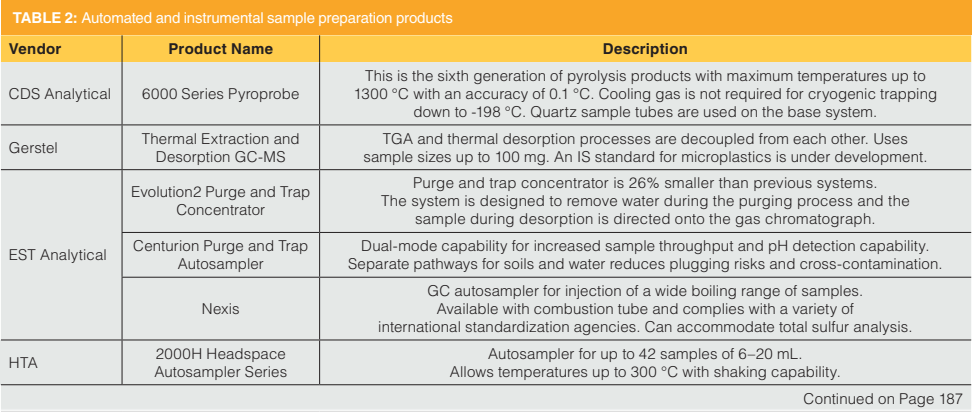
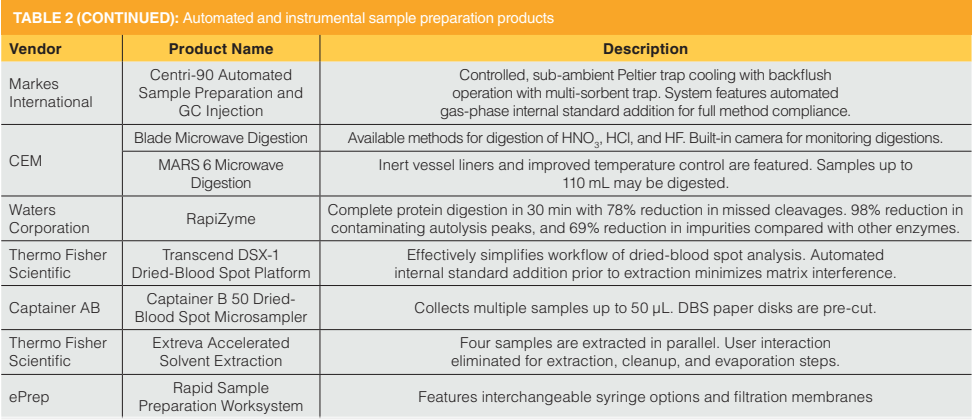
Sample Preparation Accessories and Related Products
The field of sample preparation is so broad, and there are any number of established and emerging technologies identified as sample preparation, that commercial developments and new product introductions are often in seemingly scattered areas. An attempt is made here to unify these varied product offerings.
Filtration: Advanced Material Technology designed the DandyVice sample preparation filtering aid for ergonomic considerations in routine laboratory tasks. Membrane Solutions introduced a series of filtration products including 96-well plates, efficient endotoxin removal liquid filters, 15-mL centrifuge filters, MedCap UCT PES capsule filters, and PES Black Gridded membranes. Orochem Technology Cell Lysate Filters are a 96-well plate for clarification of cell debris, colloids, precipitates, and aggregates from target proteins.
Gas Generation and Mixing: The Organomation Nitro-Gen converts a compressed air stream to 95–99% pure nitrogen. The KineTek Analytical FlexMixer is a multiple gas blending and diluting system for calibration of gas analyzers, exposure control studies, or gas storage.
Sampling Tools: Sampling Systems introduced SteriWare Ultra HDPE sampling scoops, which are sterilized and double bagged. Table 3 provides a summary of these sample preparation accessories and related products.
Conclusion and Future Directions
The post-pandemic timeframe is seeing an uptick in sample preparation technologies from users, vendors, and suppliers. New developments in the past year are reviewed and expected to be the harbinger of continued developments in the next few years. With further development, definitions of future trends will emerge.
References
(1) Advances in Sample Preparation. https://www.sciencedirect.com/journal/advances-in-sample-preparation/ (accessed 2023-04-27).
(2) Raynie, D. E. Sample Preparation in the Rearview Mirror: Looking Back on 2019. LCGC North Am. 2020, 38 (3), 159–162.
About the Column Editor
“Sample Prep Perspectives” editor Douglas E. Raynie is a Department Head and Associate Professor at South Dakota State University. His research interests include green chemistry, alternative solvents, sample preparation, high-resolution chromatography, and bioprocessing in supercritical fluids. He earned his PhD in 1990 at Brigham Young University under the direction of Milton L. Lee. Raynie is a member of LCGC’s editorial advisory board. Direct correspondence about this column via e-mail to amatheson@mjhlifesciences.com

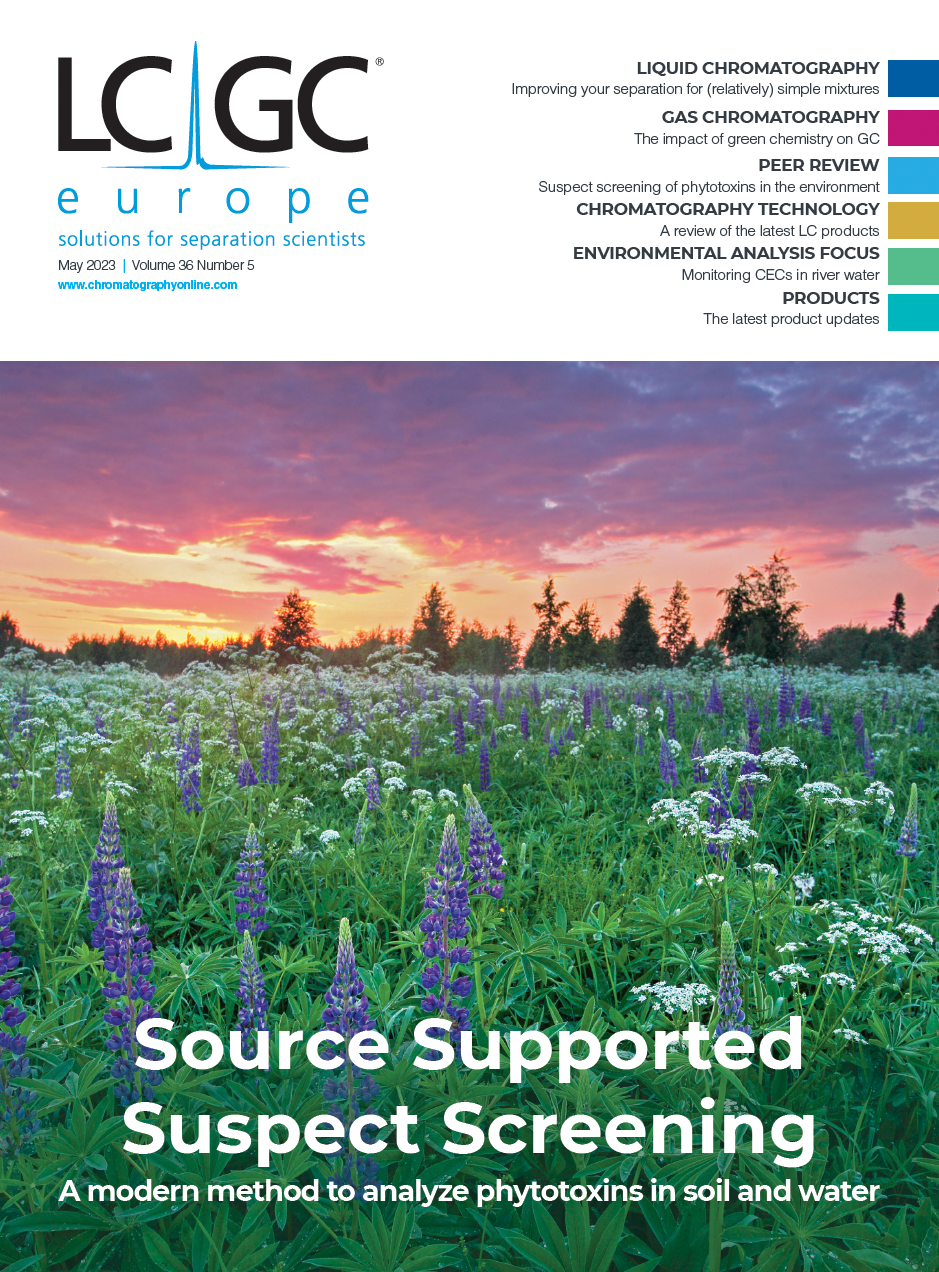
Thermodynamic Insights into Organic Solvent Extraction for Chemical Analysis of Medical Devices
April 16th 2025A new study, published by a researcher from Chemical Characterization Solutions in Minnesota, explored a new approach for sample preparation for the chemical characterization of medical devices.

.png&w=3840&q=75)

.png&w=3840&q=75)



.png&w=3840&q=75)



.png&w=3840&q=75)

